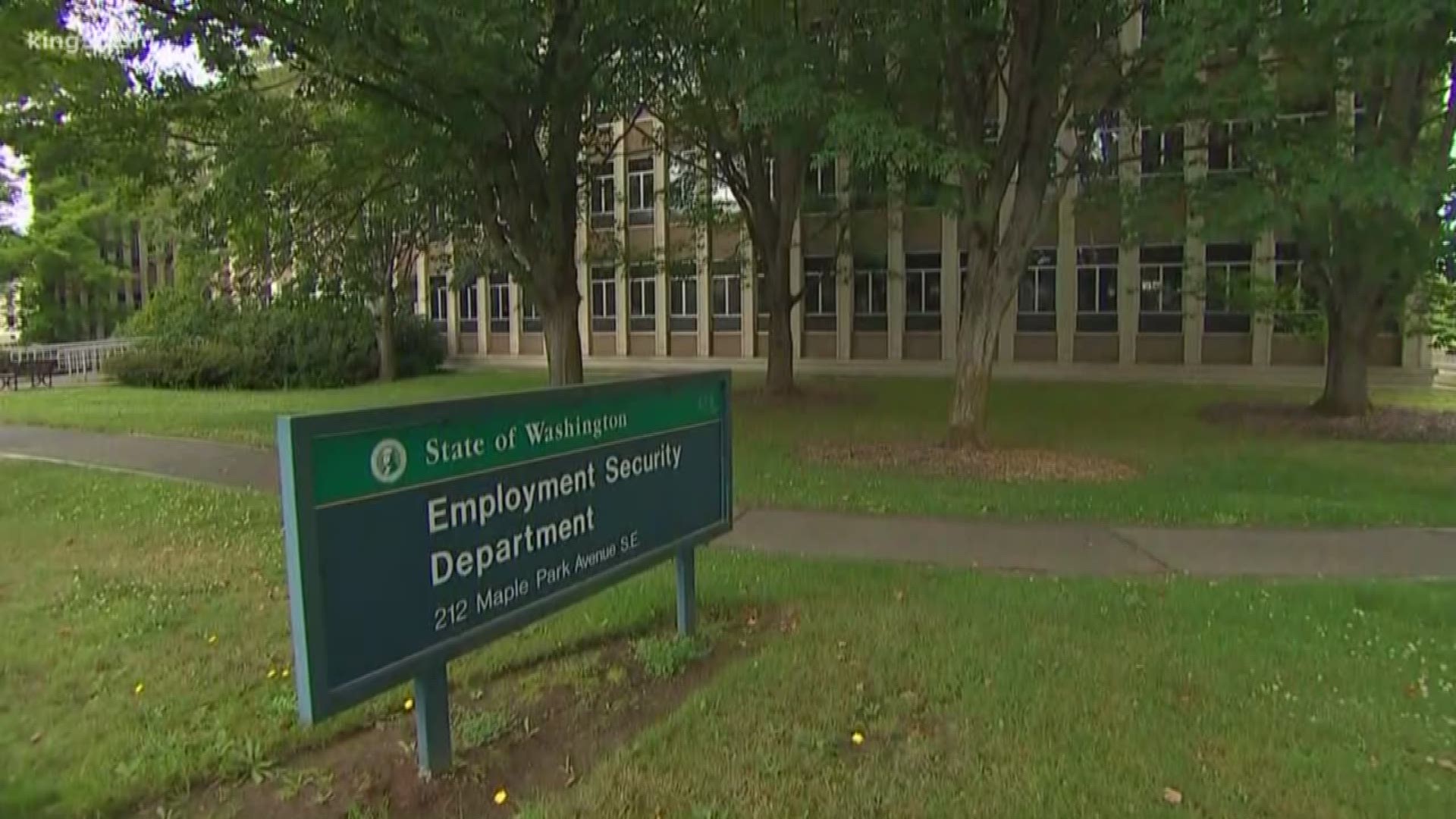On September 30th, Federal Communications Commission (FCC) Chairman Pai will lead the FCC on a vote to put states in a leadership position in determining how best to meet the connectivity needs of their residents by using the 4.9 GHz band of spectrum.
The spectrum was allocated for public safety use in 2002, and while it's used heavily in some major metros like Chicago and New York City (mostly for point to point microwave communications by public safety entities), it's underutilized in most of the country.
The FCC is taking a unique approach to the spectrum allocation by allowing individual states to control and manage the spectrum which gives more local control over the spectrum use..
States can lease the spectrum to commercial entities (such as wireless cellular carriers, fixed wireless providers including rural broadband providers, critical infrastructure, utilities, etc.) or lease it to public safety entities, or a combination of either. States can choose to lease it for a fee or no fee, or a mixture of both.
The bandwidth is 50 MHz and states can divide it up as they'd like, whether 5 blocks of 10 MHz, a block of 20 MHz and 30 MHz or any division they choose.
Incumbent users of the spectrum must be protected so they can continue their existing operations
The FCC believes opening up the band to the states, that new use cases will emerge, will incentivize equipment makers to meet that demand and create a more robust market around the 4.9 GHz band.
The full draft order is here.






